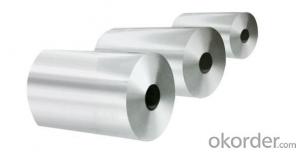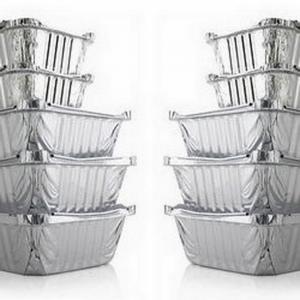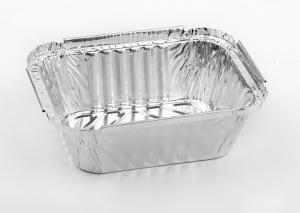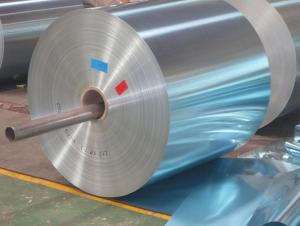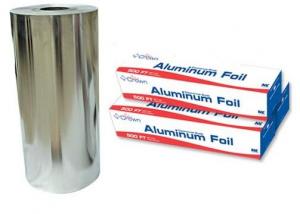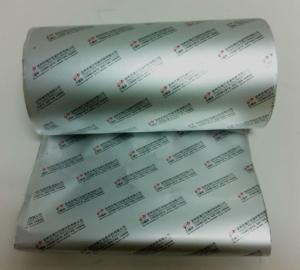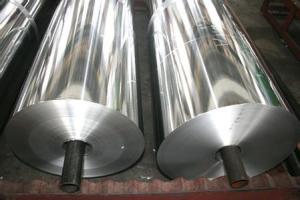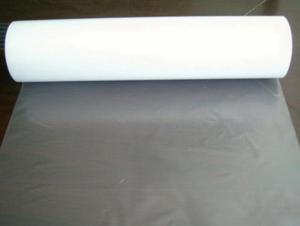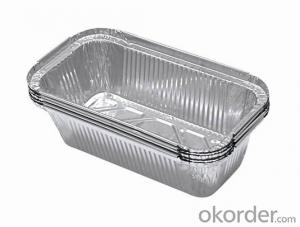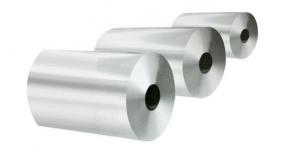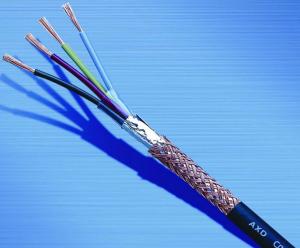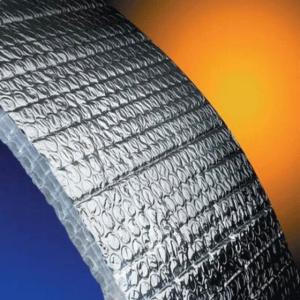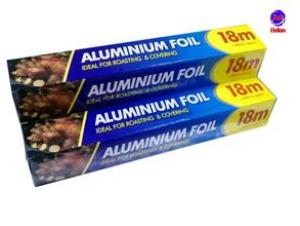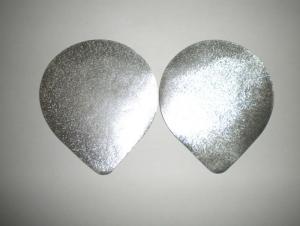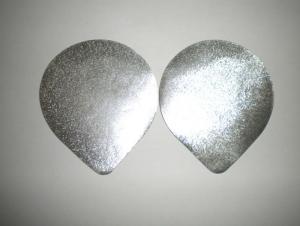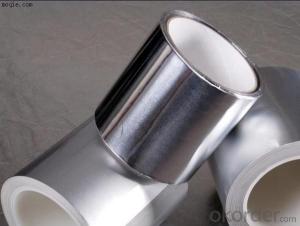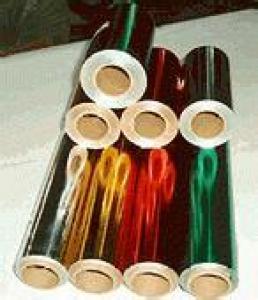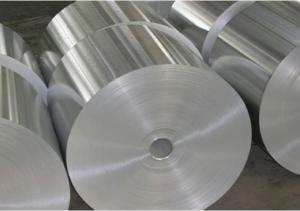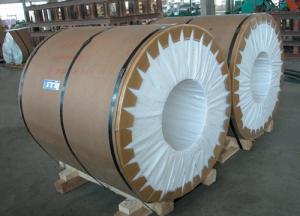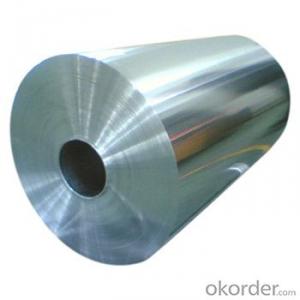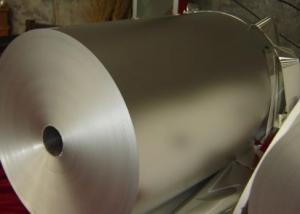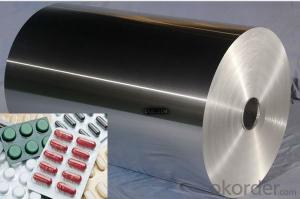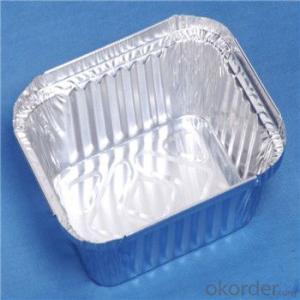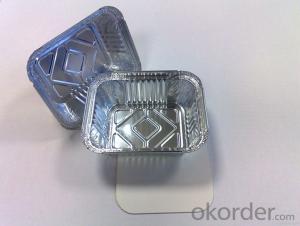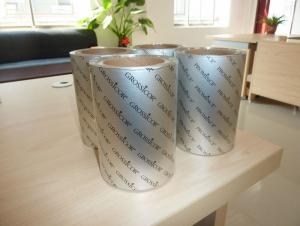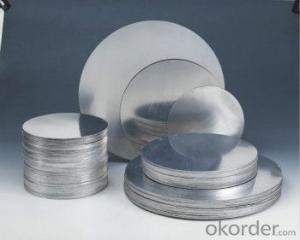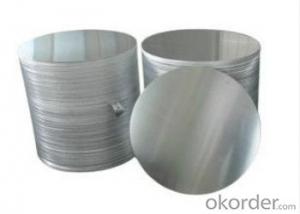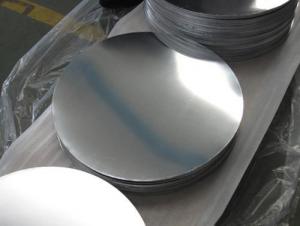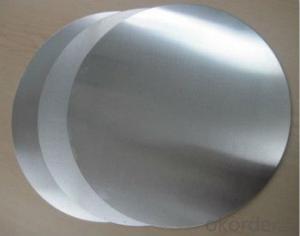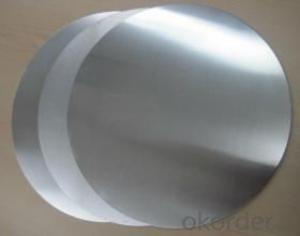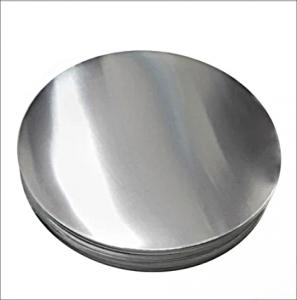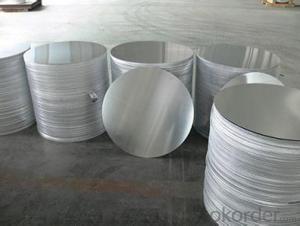Trader Joe's Aluminum Foil
Trader Joe's Aluminum Foil Related Searches
Sam's Aluminum Foil Elmer's Glue Aluminum Foil Walmart Aluminum Foil Bj's Aluminum Foil Family Dollar Aluminum Foil Aluminum Foil At Walmart Buy Aluminum Foil Sticky Aluminum Foil Alcoa Aluminum Foil Commercial Aluminum Foil Food Aluminum Foil Baking Aluminum Foil Aluminum Foil Coated Ate Aluminum Foil Aldi Aluminum Foil Aluminum Foil Wrap Aluminum Foil Walmart Sam's Club Aluminum Foil Aluminum Thermal Foil Cooking Aluminum Foil Bake Aluminum Foil Polished Aluminum Foil Aluminum Foil Thick Aluminum Tin Foil Food Packaging Aluminum Foil Al Aluminum Foil Aluminum Tooling Foil Meatloaf Aluminum Foil Aluminum Foil Foam Adhesive Aluminum FoilTrader Joe's Aluminum Foil Supplier & Manufacturer from China
Trader Joe's offers a range of high-quality aluminum foil products that cater to various household needs. These products are known for their durability and versatility, making them a staple in many kitchens. Trader Joe's Aluminum Foil is perfect for food storage, cooking, and baking, as it provides an effective barrier to preserve freshness and prevent spills. The aluminum foil is also ideal for wrapping and sealing food items, ensuring that they remain in pristine condition until they are ready to be consumed. This product is widely used in both domestic and commercial settings, making it a popular choice among consumers and businesses alike.Trader Joe's Aluminum Foil is a reliable choice for various applications, including food preservation, cooking, and baking. It is commonly used to wrap and protect food items, ensuring that they remain fresh and uncontaminated. Additionally, aluminum foil can be used to line baking sheets and pans, making cleanup easier and preventing food from sticking. This product is also perfect for covering dishes during cooking or baking, allowing for even heat distribution and preventing spills. Trader Joe's Aluminum Foil is a versatile and essential item in any kitchen, providing convenience and functionality in various scenarios.
Okorder.com is a reputable wholesale supplier of Trader Joe's Aluminum Foil, offering a vast inventory of this product to cater to the needs of various customers. As a leading supplier, Okorder.com ensures that the aluminum foil products they provide are of the highest quality, meeting the standards set by Trader Joe's. With a large inventory, Okorder.com is able to fulfill bulk orders and provide competitive pricing, making them an ideal choice for businesses and individuals looking to purchase Trader Joe's Aluminum Foil in large quantities. By partnering with Okorder.com, customers can enjoy the benefits of a reliable and efficient supply chain, ensuring that they always have access to the aluminum foil products they need.
Hot Products
